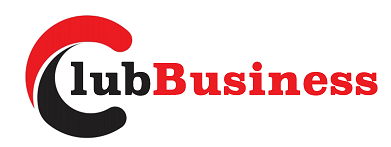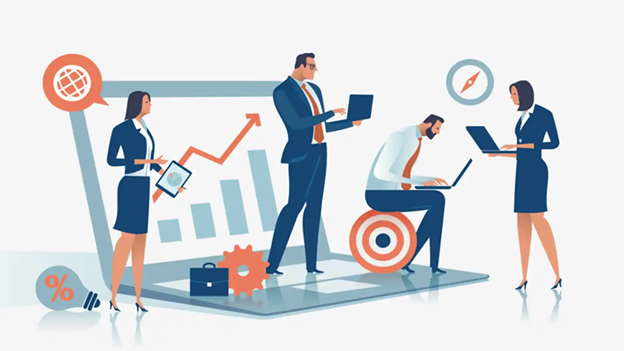Definition of the Role of HRM
Human Resource Management (HRM) involves a wide range of responsibilities and functions aimed at effectively managing an organization’s human capital. HRM ensures that the workforce aligns with the company’s strategic goals, promoting productivity, satisfaction, and overall organizational success.
Roles and Functions of Human Resource Management
HRM involves managing an organization’s workforce to achieve business objectives. This includes fulfilling staffing needs and maintaining ideal workplace conditions by utilizing various HR strategies and procedures.
1. Recruitment and Hiring
Recruitment and Hiring are perhaps the most recognized roles associated with HR managers. This involves finding, reviewing credentials, screening, and selecting candidates for a company. The goal is to hire employees who are well-suited for the position, ensuring they have the necessary skills and qualifications. Popular recruitment methods include:
- Employee referrals
- Advertising on social networking sites (LinkedIn, Facebook)
- Dedicated online job portals
- Job fairs at community centers, organizations, universities, and colleges
- Posting job openings on online job boards
- Advertising in print media (newspapers, magazines)
- Outsourcing recruitment services to dedicated recruitment companies
2. Training Employees
HRM identifies training needs, designs and delivers training programs, and supports continuous development initiatives. This ensures employees have the skills and knowledge to perform their roles effectively. Quality training improves employee retention, satisfaction, and morale.
3. Organizational Development
Organizational development involves implementing plans to improve the workforce to meet current and future requirements. This role focuses on enhancing processes and systems, strengthening the workforce, and promoting positive workplace conditions.
4. Managing the Workplace Environment
HR is crucial in managing the workplace environment. They address workplace-related issues among employees and promote effective communication to ensure everyone works towards the company’s success.
5. Employee Information and Benefits
HR managers disseminate information on employee benefits, assistance programs, and leave policies. They orient new employees about company benefits and handle employee benefit disputes.
6. Managerial and Operational Responsibilities
Beyond hiring, HR managers also handle managerial and operational responsibilities. They perform leadership roles in ongoing training, understand the company’s brand and objectives, and employ strategies for manpower planning, hiring, and promotion.
7. Advisory Role to Departments
HR managers advise different departments on human resources matters, helping formulate policies and procedures and creating stronger employee relationships and morale.
8. Aligning Human Resources to Needs
HR strategies align human resources to current and projected needs, maintaining the company’s competitive advantage and enabling it to respond to changing customer demands.
9. Managing Organizational Change
HR plays a critical role in managing organizational change, ensuring that the company can adapt to market shifts and customer needs. They create an environment where team members can freely communicate thoughts and ideas, especially during periods of change.
10. Strategic Management
HRM aligns HR strategies with organizational goals, understanding the business environment, anticipating challenges, and ensuring the workforce is equipped to support the company’s strategic direction.
11. Performance Management
HRM establishes performance standards, conducts regular appraisals, and provides feedback. This involves creating a performance-driven culture, setting goals, and recognizing and rewarding high performance while addressing performance issues.
12. Employee Relations and Engagement
HRM manages employee relations, addresses workplace conflicts, and fosters a positive work environment. They create policies supporting fairness, equality, and a positive workplace culture, enhancing employee engagement and satisfaction.
13. Workforce Planning
HRM anticipates and plans for future workforce needs by analyzing current trends, assessing skills gaps, and forecasting staffing requirements. They develop strategies to ensure the right people with the right skills are available when needed.
14. Talent Management and Succession Planning
HRM identifies, develops, and retains key talent. This involves creating career development paths, providing growth opportunities, and implementing succession plans to ensure smooth leadership transitions.
15. Employee Well-being and Work-Life Balance
HRM implements programs and policies that prioritize employee well-being, mental health, and work-life balance. This includes flexible work arrangements, wellness programs, and employee assistance programs.
16. HR Technology Management
HRM adopts and manages Human Resource Information Systems (HRIS) and other technologies to streamline HR processes. They select, implement, and maintain technology solutions supporting HR functions like payroll, benefits administration, and talent management.
Conclusion
The roles of HRM are essential for managing an organization’s human capital effectively. By ensuring that the workforce aligns with the company’s strategic objectives, HRM contributes significantly to the productivity, satisfaction, and overall success of the organization.

